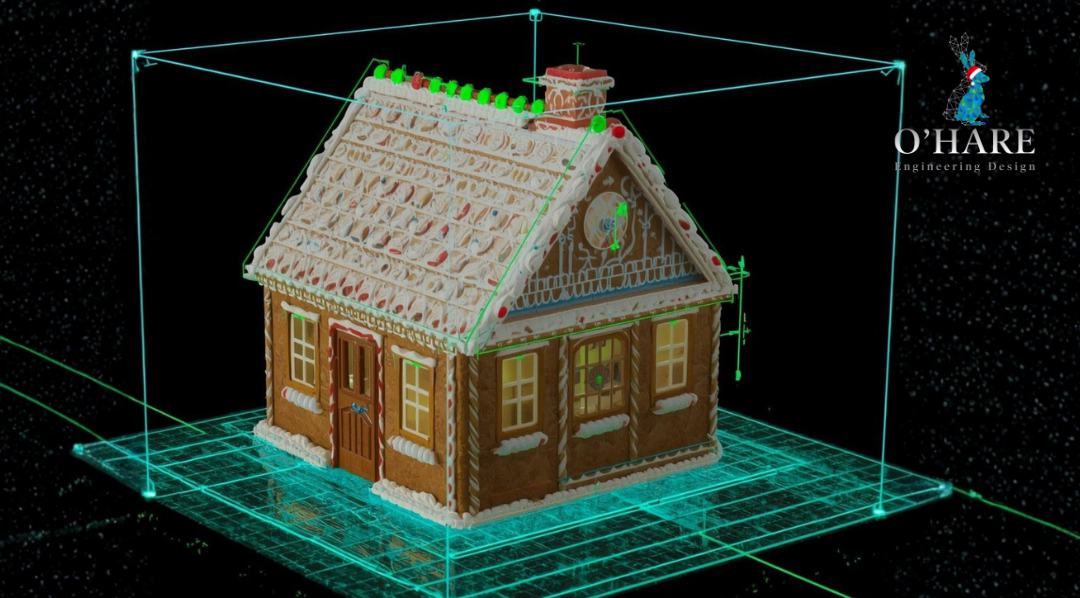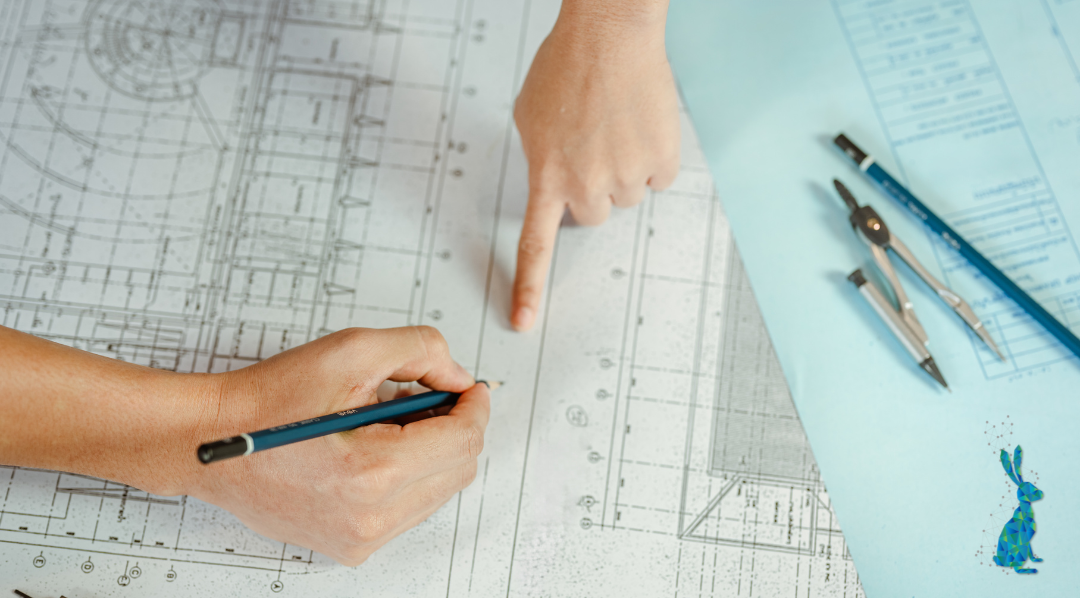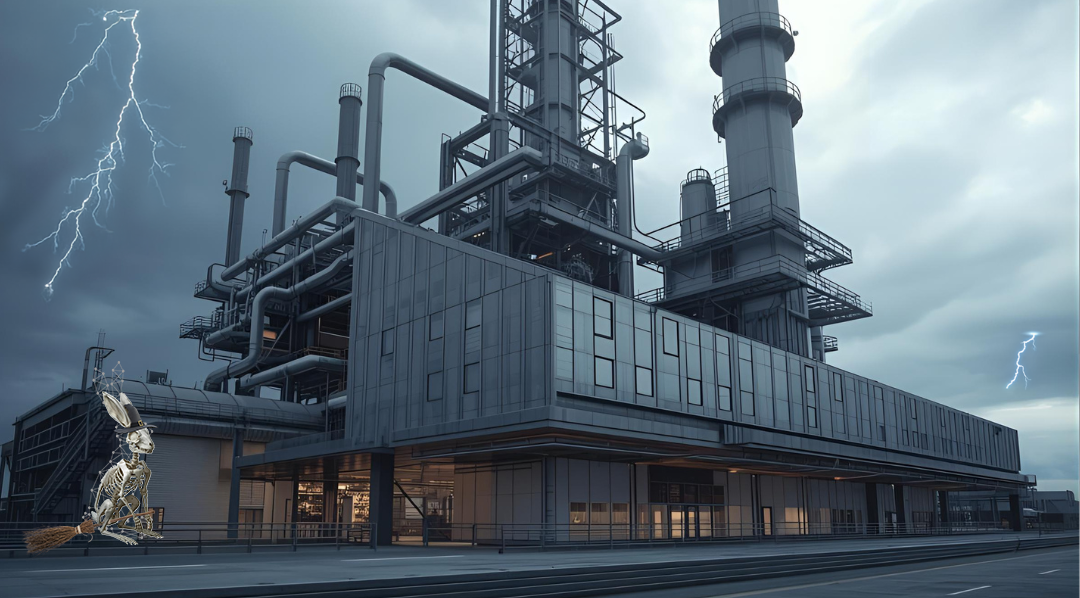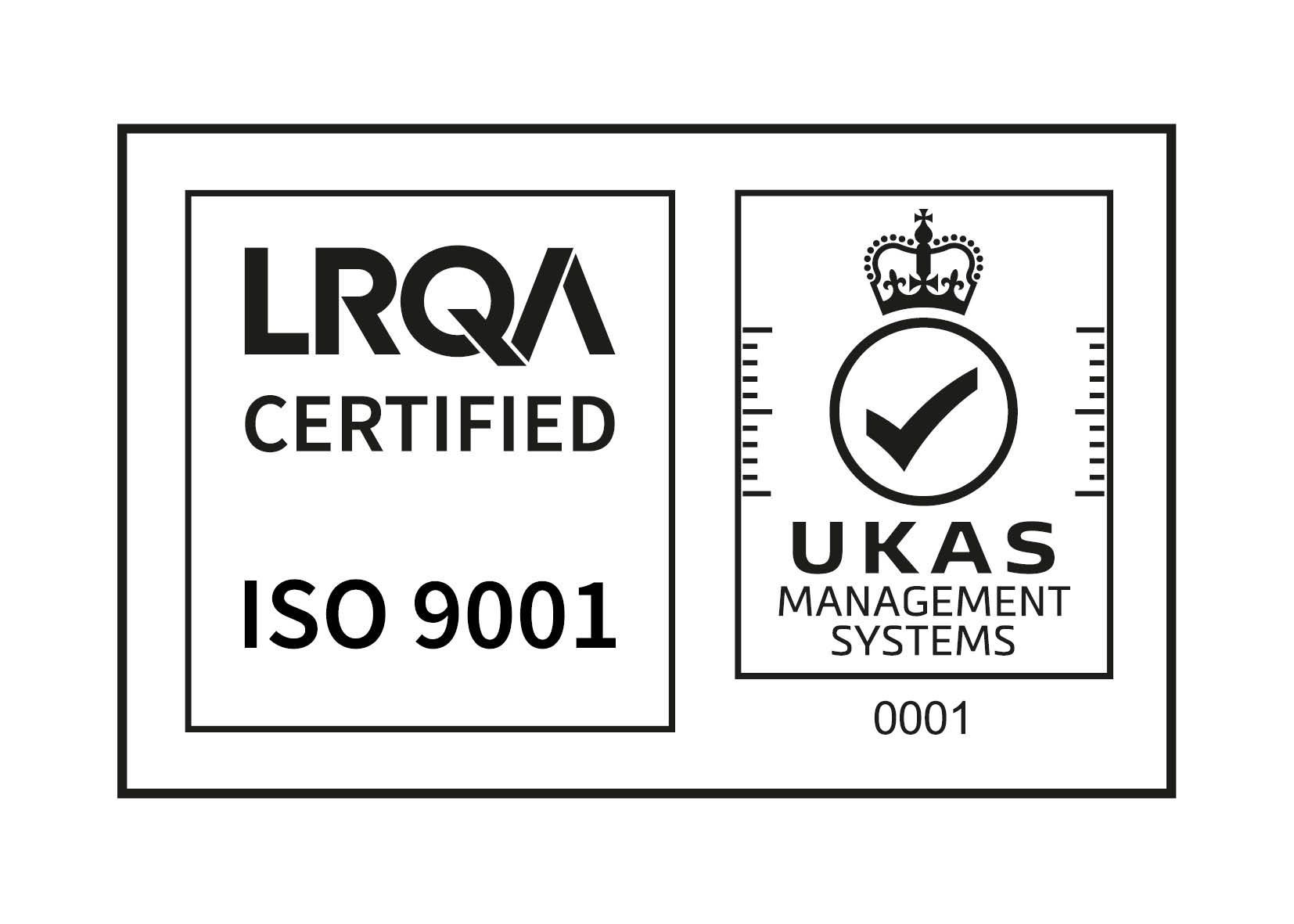How 3D models and laser scanning can be used in all phases of chemical plant piping design and construction…

How 3D models and laser scanning can be used in all phases of chemical plant piping design and construction…
Date: 24th May 2024
It's a common misconception that 3D scan data is only valuable during the design phase of a chemical plant piping project.
While it undoubtedly provides a great deal of insight at this stage, the efficiency and precision of 3D laser scanning offer a valuable asset throughout the entire project lifecycle – from feasibility studies to construction, quality control, and maintenance to ongoing team training.
So, just how can 3D laser scanning be used in all phases of chemical plant piping design and construction?
Feasibility Studies: From Greenfield to Detailed Design
Before a single pipe is laid, 3D laser scanning can play an important role in setting your project up for success. By meticulously mapping existing site conditions, down to the finest detail, engineers can plan pipework layouts that seamlessly integrate with the space and any existing infrastructure or equipment. Visualising the precise location of utilities and potential obstacles allows for proactive problem-solving, reducing the risk of costly clashes during construction. This can mean significant time and resource savings and a smooth and efficient build process.
By having these models available early on in the project development, they can also be a valuable asset for getting your stakeholders on board with the project as it allows your vision to be understood by people who are less technically minded.
Procurement and Construction
The benefits of 3D laser scanning extend far beyond the planning phase. During construction, scan data can act as a digital reference point for the installation of pipework and new equipment. It can be used to generate detailed 3D models and visualisations of the space and any newly designed pieces of equipment. This then allows engineers and construction crews to decide and test the best materials for each specific job, enabling easier procurement of parts the first time around. Adhering to these design specifications not only enables an aspect of quality control to be implemented and checked throughout the project as you bring different contractors on board, but it also promotes a safer, more efficient construction environment.
Operations and maintenance
The "as-built" 3D models generated from laser scans are an invaluable asset for plant operations and maintenance. This digital record provides a clear and accurate depiction of the actual piping configuration as it has been constructed. With this information readily available, maintenance crews can pinpoint specific pipe sections for repairs or upgrades, minimising downtime and optimising maintenance activities.
Ongoing Training
Beyond its construction and operational benefits, 3D laser scanning data can be used for ongoing personnel training. By generating immersive 3D models of the plant piping system, companies can create realistic training scenarios for new employees or refresher courses for existing staff. This allows for a safe and controlled learning environment, encouraging a deeper understanding of the plant's intricate piping network.
3D laser scanning is no longer just a design tool; it empowers efficiency and precision throughout all phases of chemical plant piping design and construction. From initial planning to ongoing operations, 3D scanning offers a comprehensive solution for optimising workflows, ensuring safety, and maximising the lifespan of the equipment and chemical plant. As this technology continues to evolve, we can expect even greater benefits and innovative applications to emerge, shaping the future of chemical plant construction in the UK.




